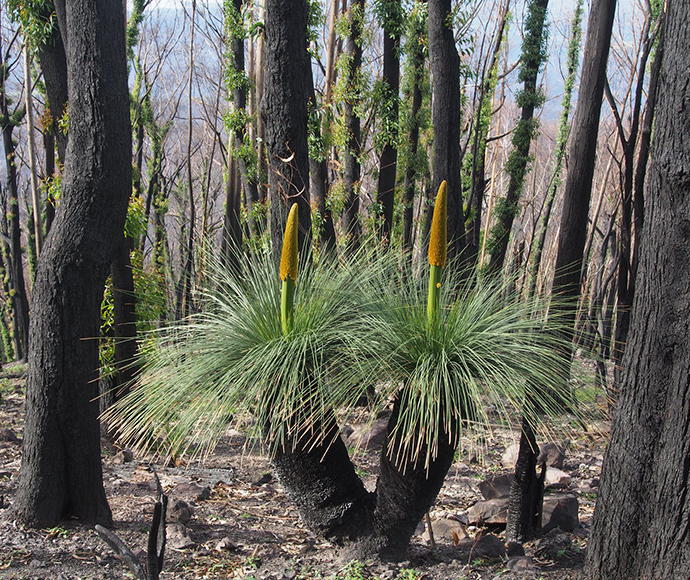The NSW Government has released the NSW Wildlife and Conservation Bushfire recovery - Medium Term Response Plan to help biodiversity recover over the next five years following the devastating 2019-20 bushfires.

Environment Minister Matt Kean said the plan ensures species and ecosystems are prepared to not only recover from last year's fires but fire threats are also considered in future policy making.
"We know from the best available science, that due to a changing climate, bushfires are likely to become more severe and more frequent. This plan will help us to protect and support our State's unique and precious biodiversity for the long term," Mr Kean said.
The plan includes the NSW Government:
- developing conservation plans for threatened species and communities facing the most significant fire impacts
- establishing new breeding and propagation programs for priority threatened species
- continuing to implement comprehensive post-fire feral animal and weed control
- monitoring species, ecosystems and landscapes over the long-term
- building the capacity of the wildlife rescue and rehabilitation sector and fire combat agencies to respond to future fire events
- increasing opportunities for Aboriginal people to practice cultural fire management and manage fire-affected sites.
The plan also highlights the tremendous amount of work done in the immediate aftermath of the bushfires and responds to the recommendations arising from the NSW Bushfire Inquiry – particularly those relating to wildlife, conservation and Aboriginal land management.
Native animals such as the smoky mouse have survived (despite 90% of its habitat being burnt), captive-bred threatened regent honey eaters have been released in the Hunter Valley and programs to help the mountain pygmy-possum in Kosciuszko National Park.
Ongoing efforts to secure the irreplaceable Wollemi pine west of Sydney including declaring it the State's first Asset of Intergenerational Significance, all combine to help ensure our environment with its plants and animals survive.
"It is encouraging to see threatened species returning to the fire grounds across New South Wales, with more than 200 species including the koala, and greater glider have been supported at more than 330 sites," Mr Kean said.
Additionally, the NSW National Parks and Wildlife Service (NPWS) has added 125 roles to continue effective fire management control, with a further 160 positions currently being recruited.
The plan also identifies key environmental assets, including threatened plant and wildlife populations at risk from future fires, and working with the NSW Rural Fire Service to include them in the NSW Bushfire Risk management framework.






